The Democratic Republic of the Congo (DRC) recently welcomed the reintroduction of 16 southern white rhinoceroses to Garamba National Park, according to officials, as Phys.org reported. The last wild northern white rhino was poached there in 2006.
The white rhinos were transported to Garamba, which lies in the northeastern part of the country, from a South African private reserve.
“The return of white rhinos to the Democratic Republic of the Congo is a testament to our country’s commitment to biodiversity conservation,” said Yves Milan Ngangay, the director general of the Congolese Institute for the Conservation of Nature (ICCN), according to Phys.org.
ICCN led the operation, along with conservation NGO African Parks and Barrick Gold, a Canadian mining company that sponsored the effort.
White rhinoceroses are the second biggest land mammal after the elephant, and adult males can weigh more than 7,700 pounds.
Northern and southern white rhinos were once found in abundance in different parts of Africa and are genetically distinct. The northern white rhino is considered functionally extinct, as only two individuals remain at Ol Pejeta Conservancy in Kenya, both female. Research is still being done as to whether it can be saved from the brink of extinction. Sudan, the last male northern white rhino, died in 2018.
In the late 19th century, the southern white rhino subspecies was believed to be extinct due to poaching until a population of fewer than 100 was discovered in South Africa in 1895, according to WWF. Following more than 100 years of management and protection, there are more than 20,000 southern white rhinos living in private game reserves and protected areas, and the subspecies is classified as Near Threatened.
Nearly all white rhinos are found in four countries: Namibia, Kenya, Zimbabwe and South Africa.
Garamba National Park was established in 1938 and is one of the oldest wildlife parks in Africa, but poaching and conflicts in the country have wiped out its wildlife.
“This reintroduction is the start of a process whereby southern white rhino as the closest genetic alternative can fulfill the role of the northern white rhino in the landscape,” said African Parks CEO Peter Fearnhead, as reported by Phys.org. Fearnhead said attempts to save the park’s northern white rhinos had been “too little, too late.”
The new southern white rhinos residents of the park were fitted with ear tags and GPS collars to monitor their health and movements, Nature World News reported.
“The rhino arrived by aircraft from South Africa this week and have now been released in the park where professional staff and qualified veterinarians will regularly monitor their acclimatization,” the Barrick Gold website said.
Fearnhead added that additional southern white rhinos were “expected to be sent to Garamba National Park in the future,” as reported by Phys.org.
This article by Cristen Hemingway Jaynes was first published by EcoWatch on 13 June 2023. Lead Image: A family of southern white rhinos at Kruger National Park in South Africa in 2017. Andre Seale / VW PICS / Universal Images Group via Getty Images.
What you can do
Support ‘Fighting for Wildlife’ by donating as little as $1 – It only takes a minute. Thank you.
Fighting for Wildlife supports approved wildlife conservation organizations, which spend at least 80 percent of the money they raise on actual fieldwork, rather than administration and fundraising. When making a donation you can designate for which type of initiative it should be used – wildlife, oceans, forests or climate.
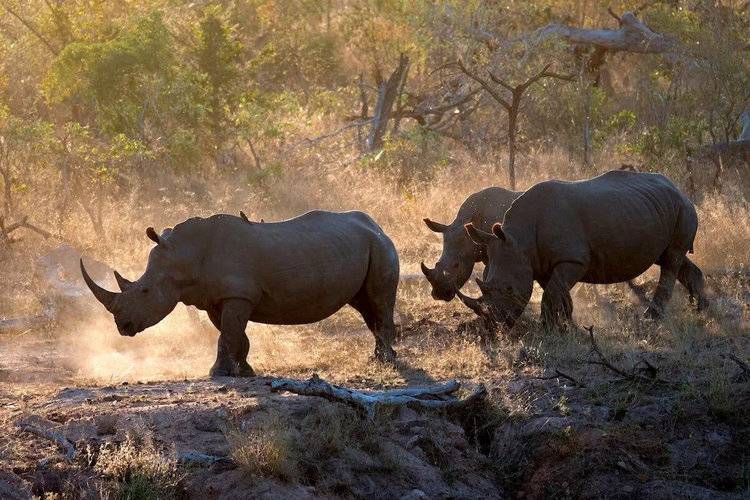
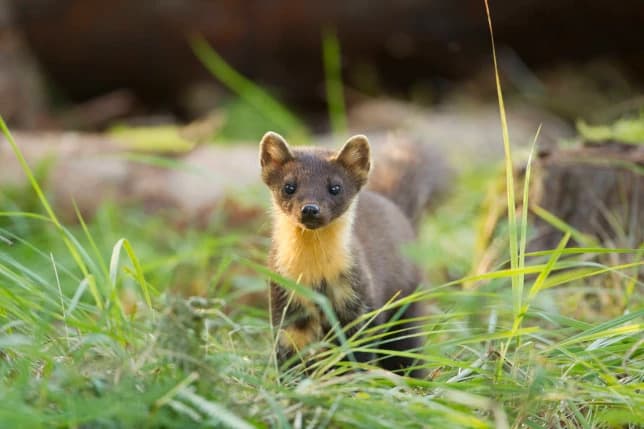
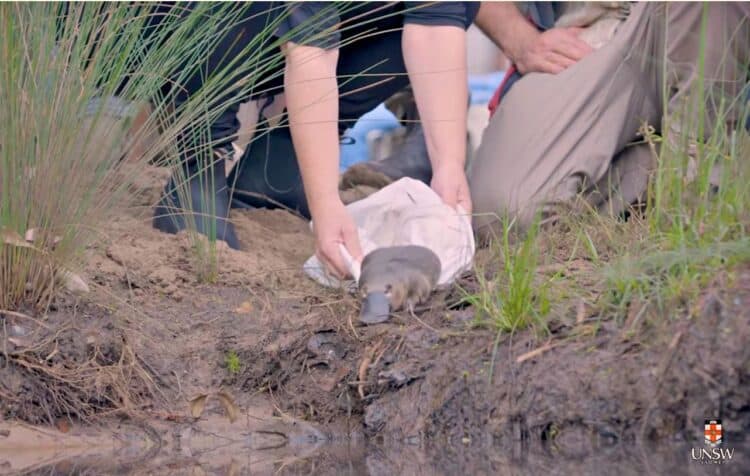

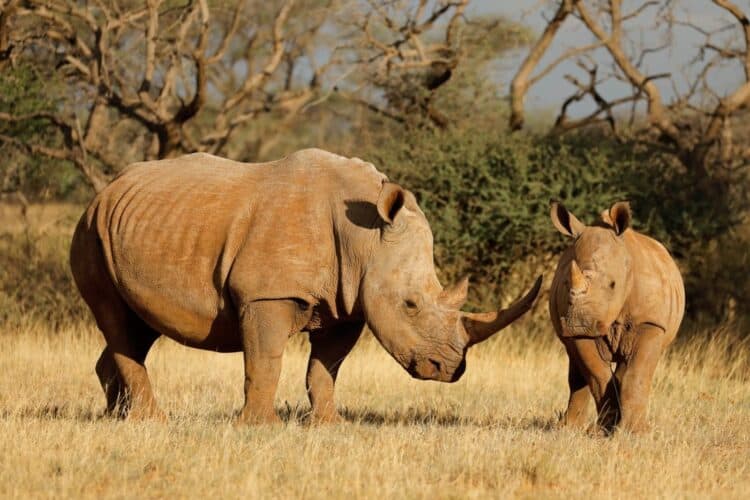
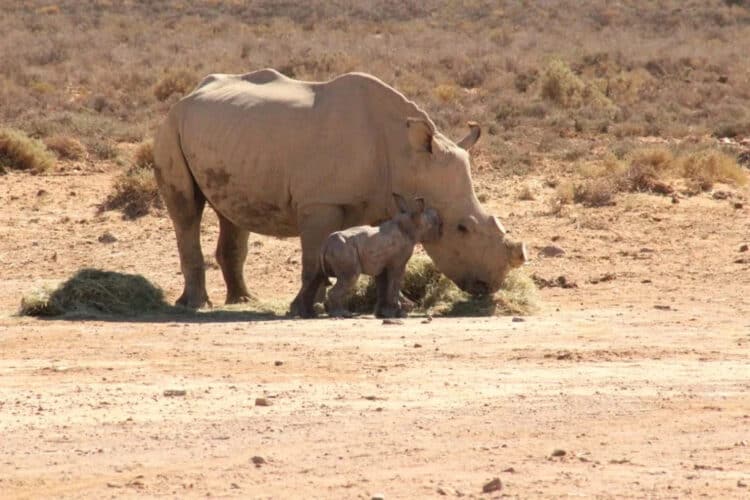
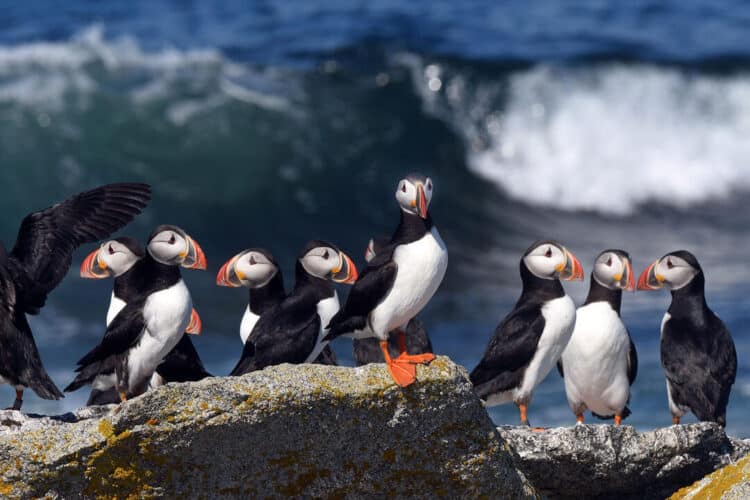
Leave a Reply